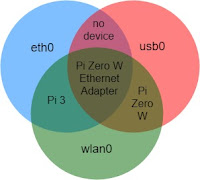A portable Program Increment (PI) planning wall

Program Increment Planning is a powerful piece of the SAFE framework that provides a structured way of managing cross team work in time blocks larger than a development sprint. It provides Program level view into something that is otherwise a set of independent of team streams. My current team meets for 1-1/2 days on a quarterly basis to align the next quarter's deliverables. We bring in our 5 development teams, the product owners, the business line product owners and our cross functional support teams, DBA, CM, OPS, etc. This meeting gives a one wall view of our coordinated deliverables and exposes our cross team dependencies and their timeframes. Our PI planning wall is normally 8 feet tall and probably 8 feet wide. We have struggled with how to maintain the wall after the PI planning so that we can track how well the plan reflected the actual work we do/did. I recently visited with AmTote International. Their Agile Program Director gave us a quick walkthrough of their








